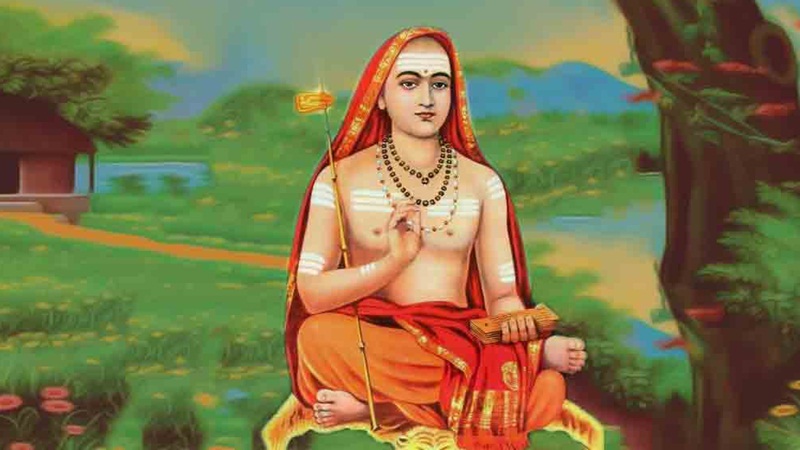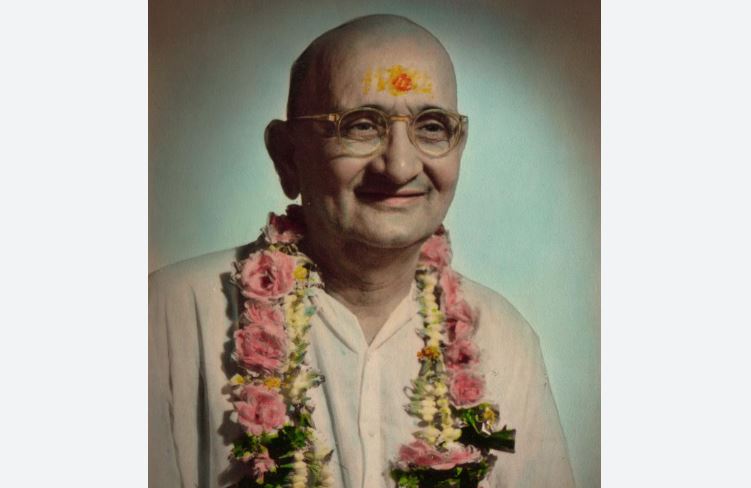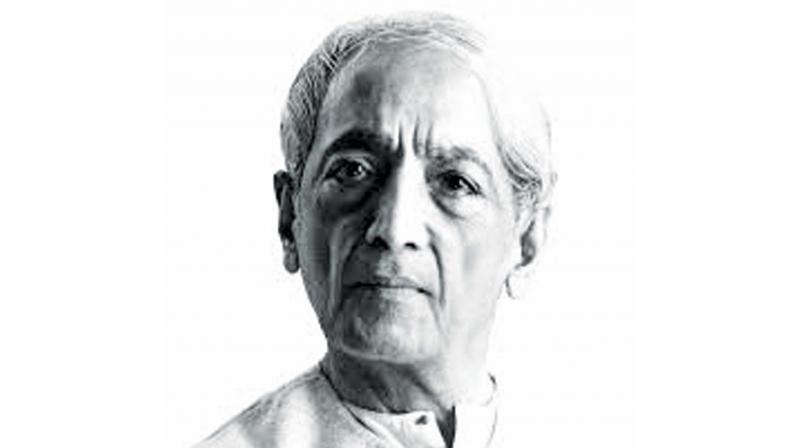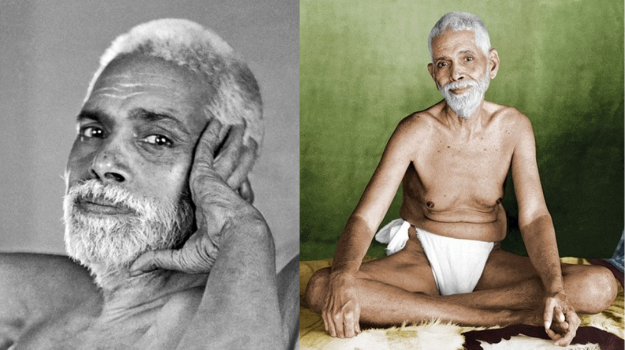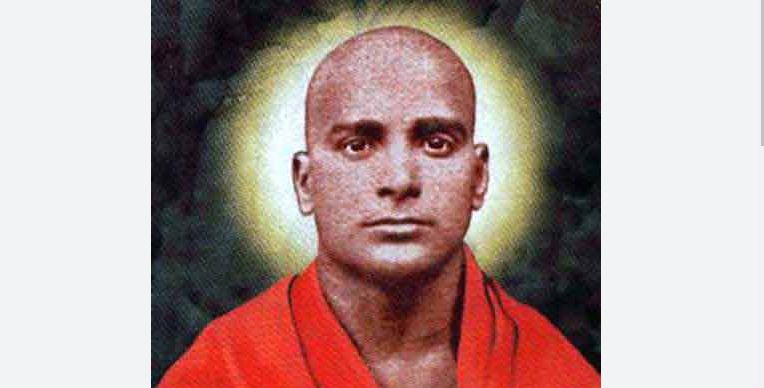Adi Sankaracharya
Just as the fire is the direct cause for cooking, so without Knowledge no emancipation can be had. Compared with all other forms of discipline Knowledge of the Self is the one direct means for liberation.
Action cannot destroy ignorance, for it is not in conflict with or opposed to ignorance. Knowledge does verily destroy ignorance as light destroys deep darkness.
The Soul appears to be finite because of ignorance. When ignorance is destroyed the Self which does not admit of any multiplicity truly reveals itself by itself: like the Sun when the clouds pass away.
Constant practice of knowledge purifies the Self (‘Jivatman’), stained by ignorance and then disappears itself – as the powder of the’Kataka-nut’ settles down after it has cleansed the muddy water.
The world which is full of attachments, aversions, etc., is like a dream. It appears to be real, as long as it continues but appears to be unreal when one is awake (i.e., when true wisdom dawns).
The Jagat appears to be true (Satyam) so long as Brahman, the substratum, the basis of all this creation, is not realized. It is like the illusion of silver in the mother-of pearl.
Like bubbles in the water, the worlds rise, exist and dissolve in the Supreme Self, which is the material cause and the prop of everything.
All the manifested world of things and beings are projected by imagination upon the substratum which is the Eternal All-pervading Vishnu, whose nature is Existence-Intelligence; just as the different ornaments are all made out of the same gold.
The All-pervading Akasa appears to be diverse on account of its association with various conditionings (Upadhis) which are different from each other. Space becomes one on the destruction of these limiting adjuncts: So also the Omnipresent Truth appears to be diverse on account of Its association with the various Upadhis and becomes one on the destruction of these Upadhis.
Because of Its association with different conditionings (Upadhis) such ideas as caste, colour and position are super-imposed upon the Atman, as flavour, colour, etc., are super-imposed on water.
Determined for each individual by his own past actions and made up of the Five elements – that have gone through the process of “five-fold self-division and mutual combination” (Pancheekarana) – are born the gross-body, the medium through which pleasure and pain are experienced, the tent-of-experiences.
The five Pranas, the ten organs and the Manas and the Buddhi, formed from the rudimentary elements (Tanmatras) before their “five-fold division and mutual combination with one another” (Pancheekarana) and this is the subtle body, the instruments-of-experience (of the individual).
Avidya which is indescribable and beginningless is the Causal Body. Know for certain that the Atman is other than these three conditioning bodies (Upadhis).
In its identification with the five-sheaths the Immaculate Atman appears to have borrowed their qualities upon Itself; as in the case of a crystal which appears to gather unto itself colour of its vicinity (blue cloth, etc.,).
Through discriminative self-analysis and logical thinking one should separate the Pure self within from the sheaths as one separates the rice from the husk, bran, etc., that are covering it.
The Atman does not shine in everything although He is All-pervading. He is manifest only in the inner equipment, the intellect (Buddhi): just as the reflection in a clean mirror.
Depending upon the energy of vitality of Consciousness (Atma Chaitanya) the body, senses, mind and intellect engage themselves in their respective activities.
Excerpted from Atma Bodha, translated by Swami Chinmayananda, The 1231st birth anniversary of Adi Sankaracharya was observed on April 20.
